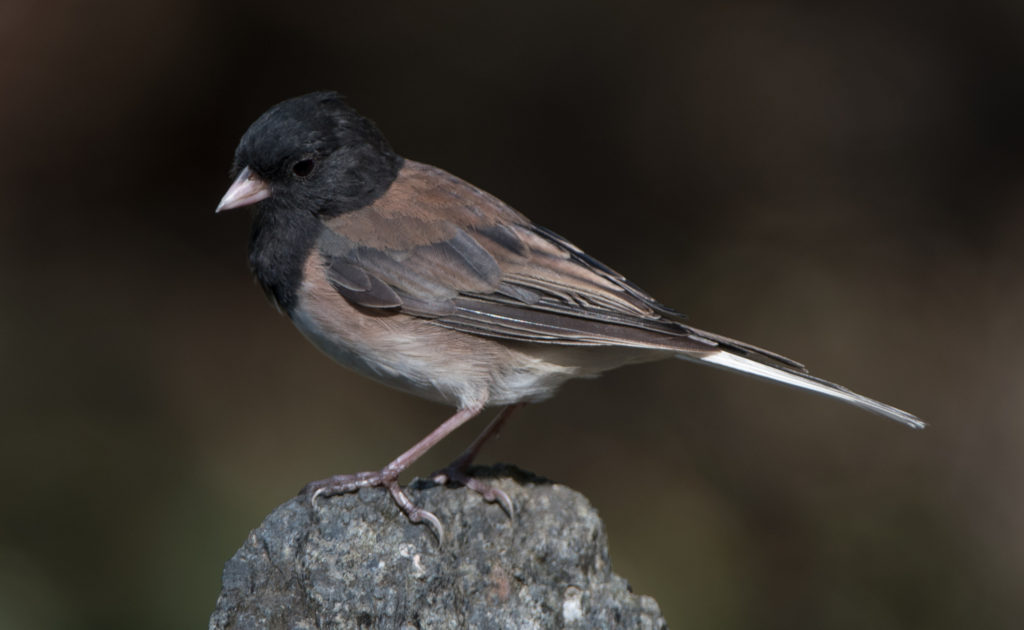I spent a little time in the yard this afternoon (8/10/2019) hoping for something interesting, but it was not to be. (I did have two sightings of a Brown creeper but the bird was not close enough for a photo.) My posts have been relatively few and far between due to the lack of interesting birds in the yard. Rather than post photos of the same birds over and over I just haven’t done any posts.
I did have one very brief sighting on 8/5/2019… a male Wilson’s warbler very briefly visited the yard and I got a few photos. Unfortunately, while the bird visited two of our major water features a dead madrone leaf in each of our water features formed a poor background for photos. Here’s the best photo I obtained…
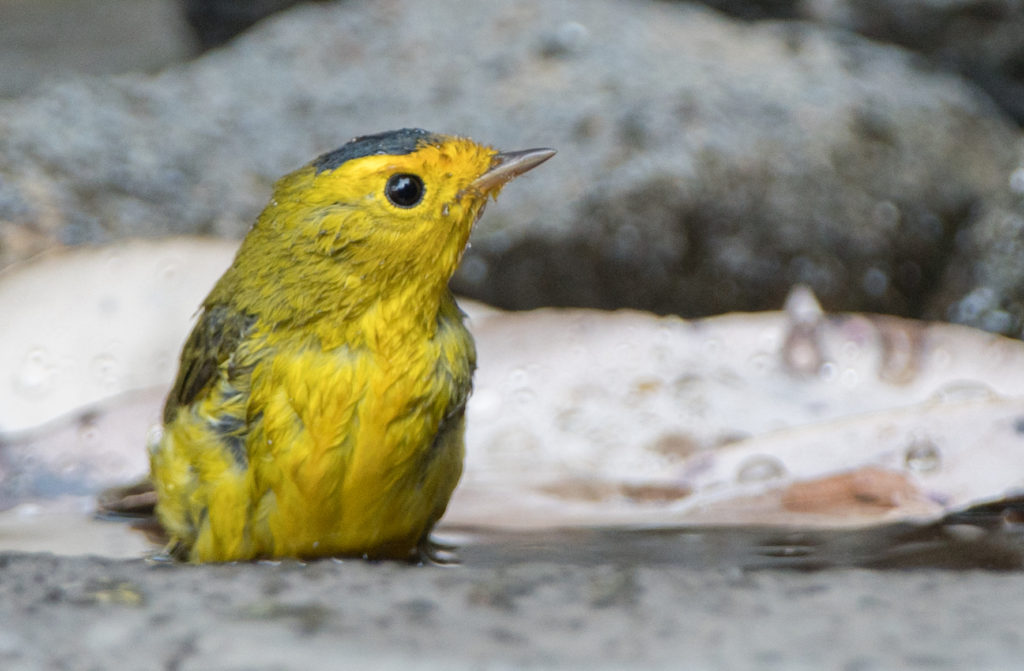
Here are a few of the photos I took today (8/10/2019)…
The next two photos are of Pine siskins and the reason I included these photos is to illustrate the difference in plumage among the species. This first photo may be of a juvenile siskin but siskins with similar coloration are in evidence for the winter. Note the relative lack of yellow coloring on the wing.
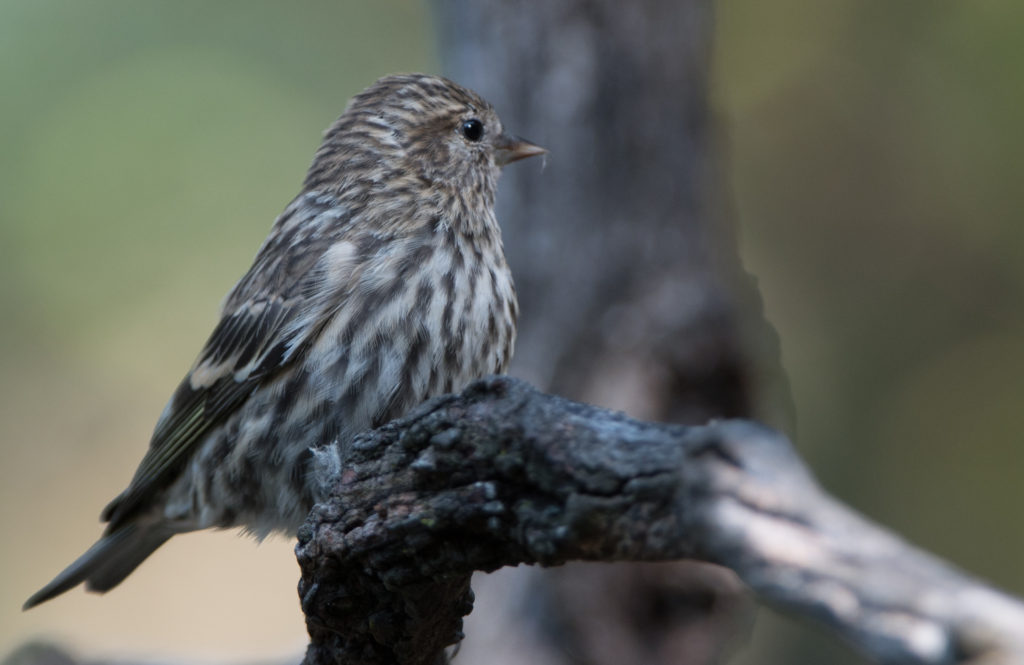
This second Pine siskin displays an unusual patch of yellow on the wing. I’ve seen others with similar patches but they are rare.
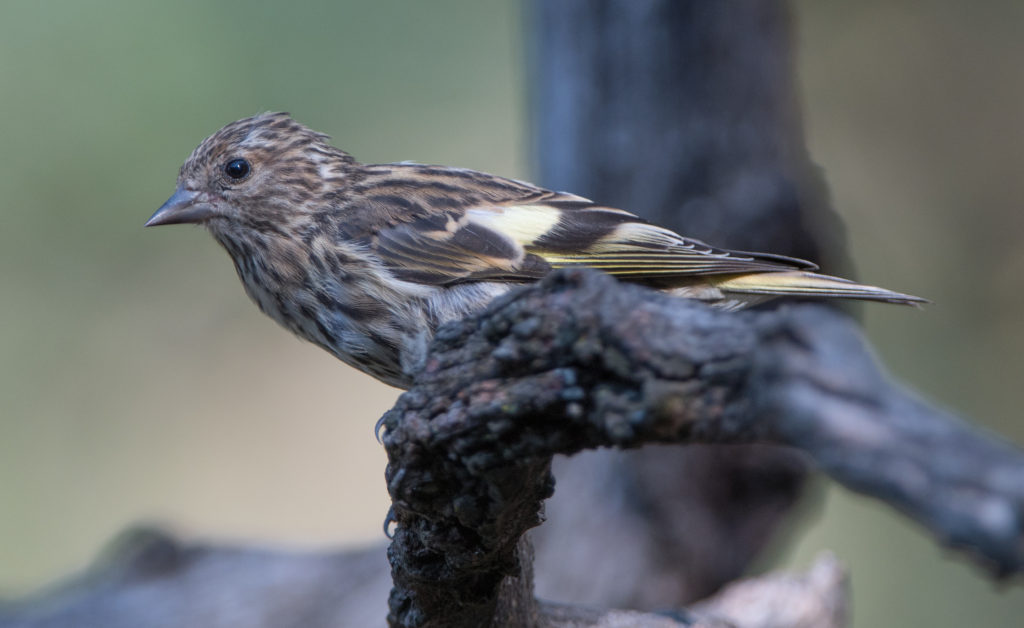
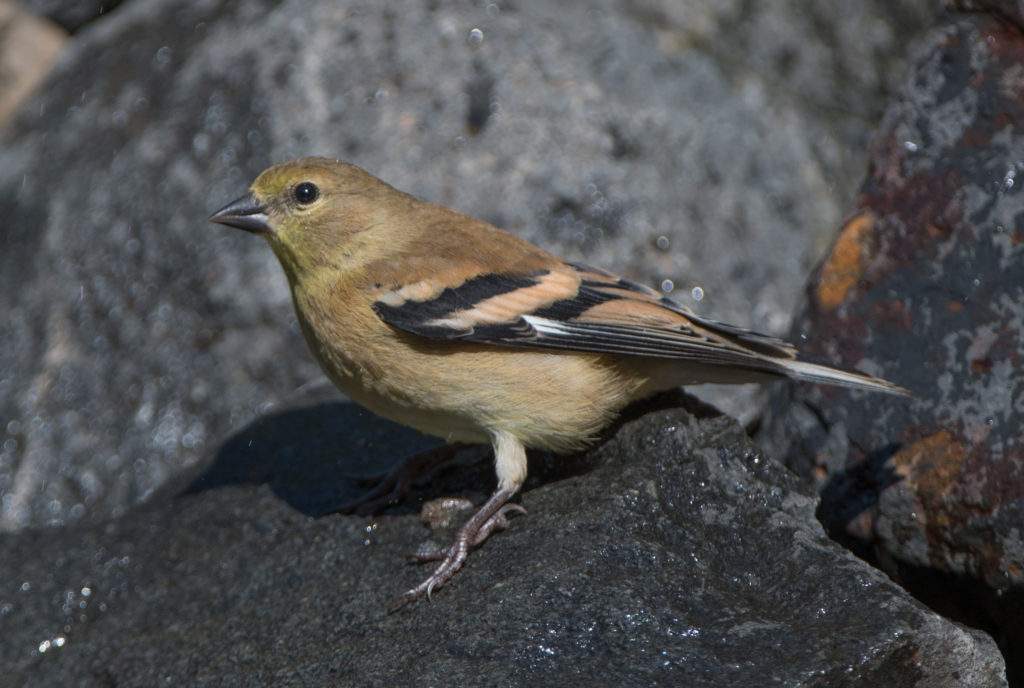
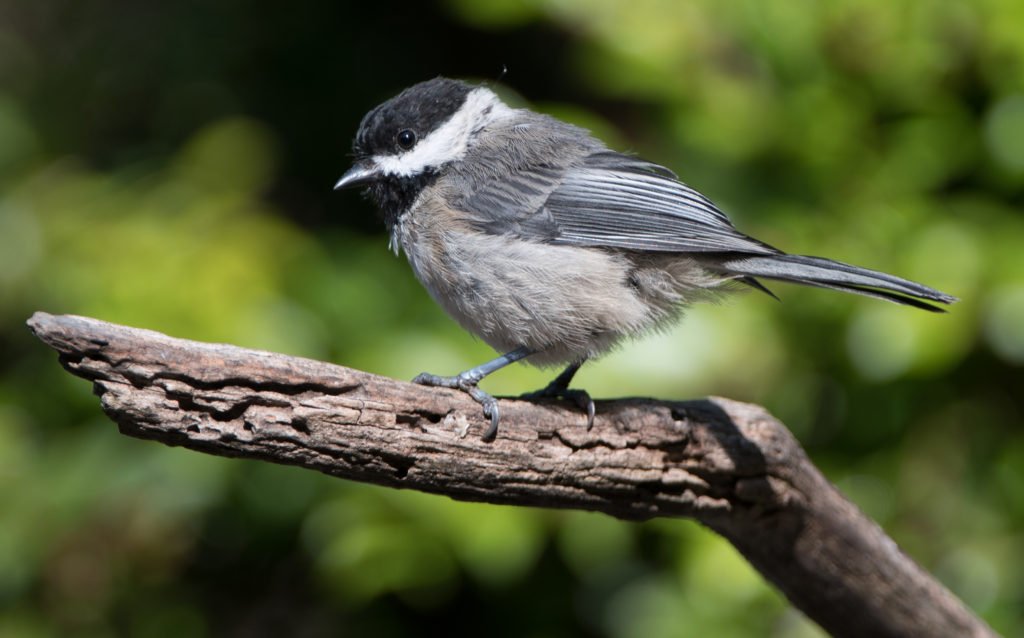
Here is what is probably a juvenile male Rufous hummingbird. The adult males left our yard for their migration several weeks ago. The Rufous hummingbirds migrate north up the west coast in the spring, but cross over the Cascades for their migration south. This bird has a long way to go and needs to get going!
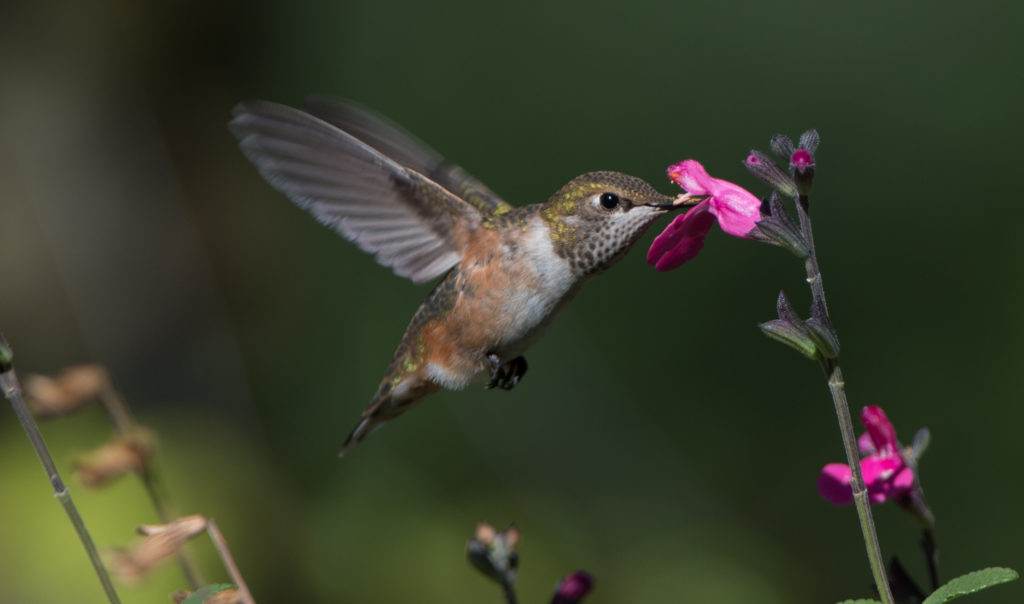
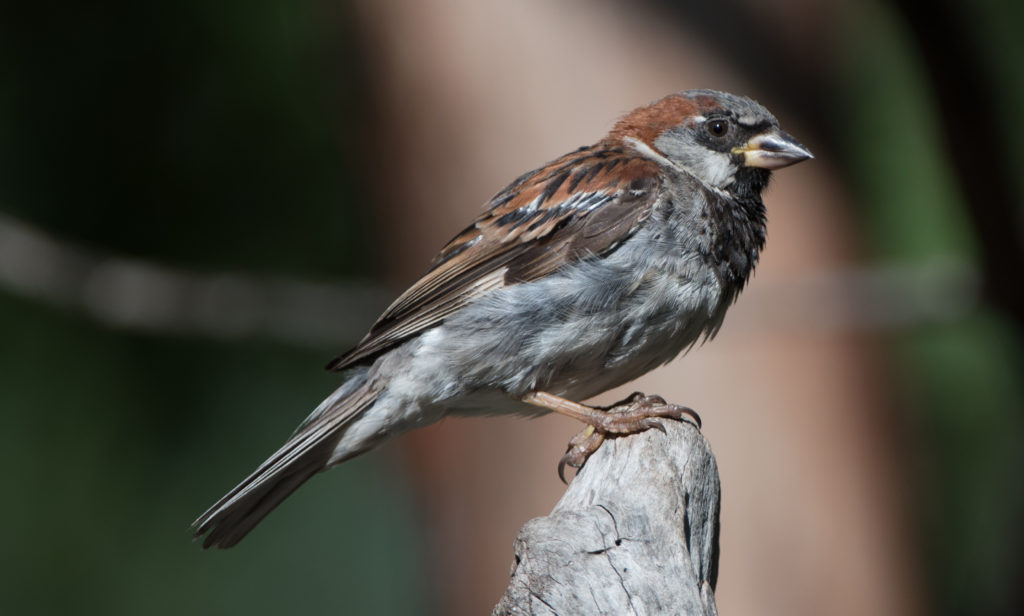
This next species is an introduced species and seems to be outbreeding the native Mourning doves. I recently have had as many as six in the yard at one time. Note the black line along the base of the bird’s neck.
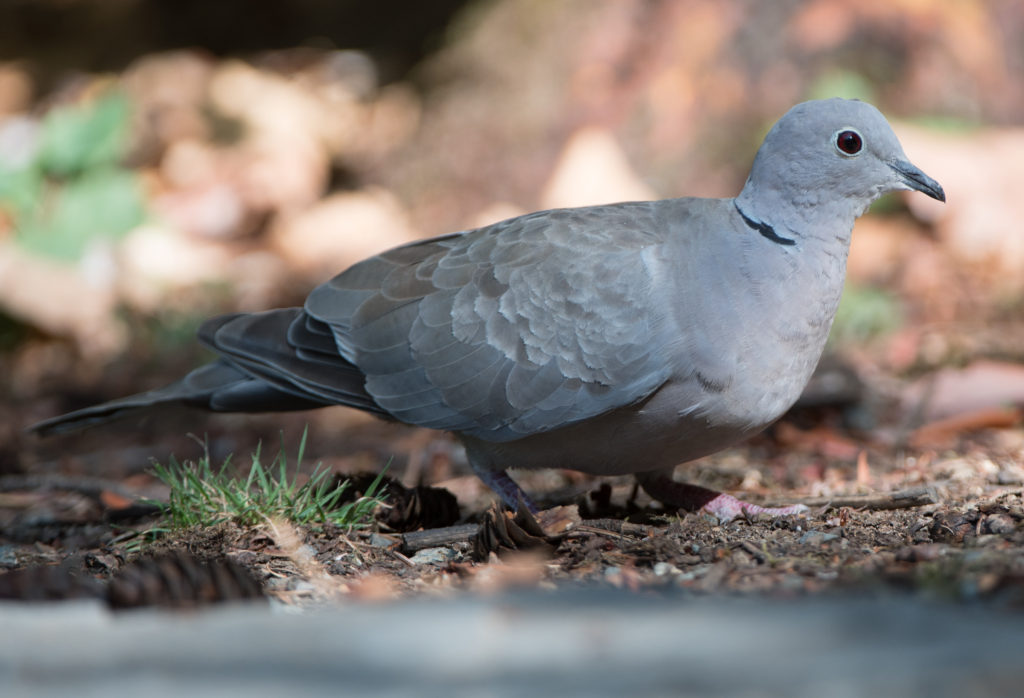
For at least the second summer in a row we’ve managed to retain a pair of Dark-eyed juncos. In the winter they can be one of our most numerous yard birds, but in the spring these birds leave to breed at higher elevations. A few can be found in Washington Park (where I once located a nest under a Sword fern) and on Mount Erie. This year the breeding pair successfully raised at least a pair of young, but in past years they have been parasitized by Brown-headed cowbirds.
